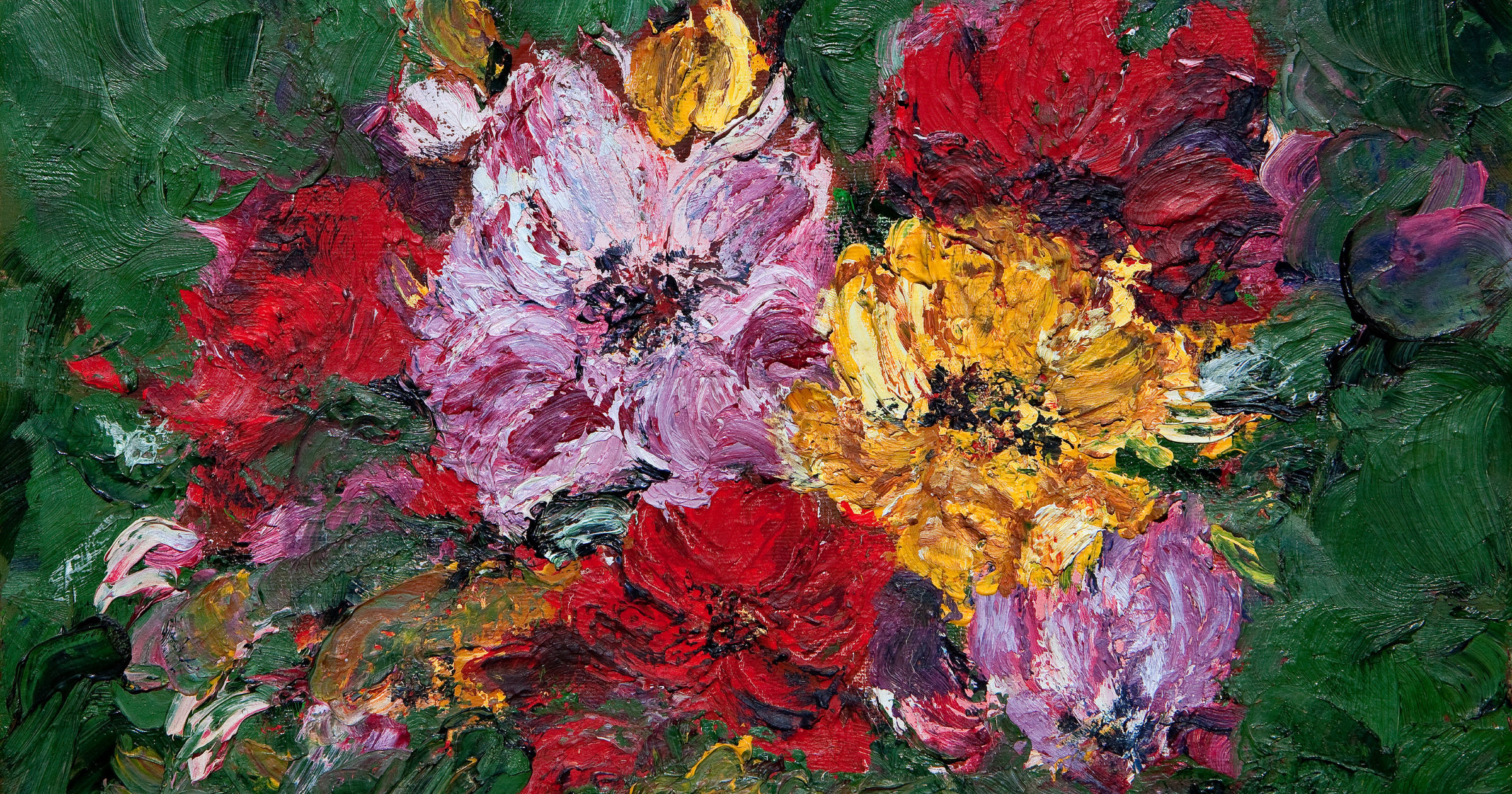About Hebrew
A Hebrew Root With Flower Power
While fall is not typically seen as a time to stop and smell the roses, many have nevertheless used the season’s Jewish holidays as an excuse to bring home a beautiful flowering plant. The Hebrew root פ–ר–ח (peh-resh-het), to flower, is not only connected to flora, but also—sometimes metaphorically—to a fledgling bird, a decoration, a seduction, a flying camel, the Israeli Air Force and much more.
See, for example, how it’s used in Scripture. In a sensual scene in the Song of Songs, the smitten beloved coyly invites her lover to join her in a nearby grove, ostensibly to see whether הֲפָרְחָה הַגֶּפֶן (ha–parhah ha-gefen), “the grapevine is in flower.” In Psalms, the poet sings metaphorically that an upright person כַּתָּמָר יִפְרָח (ka-tamar yifrah), “will bloom like a date palm tree.” The root is used in Exodus to show how the Tabernacle’s menorah is to be decorated with כַּפְתֹּר וָפֶרַח (kaftor va-ferah), calyx and petals.
Among the Talmud’s many tales is a story in which the biblical Abel, claiming ownership of the Earth, uses the root to tell his brother, Cain, to get off his planet, saying, פְּרַח (perah), “fly off.” The legalistic rabbis of the Talmud take up the case of a property owner הַמַּפְרִיחַ גִּדֵרוֹ (ha-mafriah gedeiro), whose fence’s thorns protrude into the public space and cause damage. Tractate Hullin uses our root to speak of אֶפְרוֹחִים מַפְרִיחִין (efrohim mafrihin), “fledgling birds,” while Tractate Yoma uses that root to refer metaphorically to פִּרְחֵי כָּהֻנָא (pirhei kahuna), “young priests in training.” Going into the realm of fantasy, there is the story in Tractate Shevuot of a witness who takes an oath that he has seen a גַּמְלָא פָּרְחָא (gamla pirha), “flying camel.” In Rashi’s commentary to Genesis 23:2, when foremother Sarah hears of the binding of her son, Isaac, פָּרְחָה נִשְׁמָתָהּ (porha nismatah), she had such a great shock that her soul flew up, and she died.
In Israel today, the menorah’s kaftor va-ferah is used as a phrase that means “Excellent!” or “That’s a perfect fit!” Young Judaea’s Kibbutz Ketura daily fulfills the injunction לְהַפְרִיחַ אֶת הַנֶּגֶּב (le-hafriah et ha-neggev), “to make the desert bloom.” An adolescent might elicit the exclamation מַמָּשׁ פָּרְחָה (mammash porhah), “She has developed beautifully,” from her older relatives.
To beautify the Rosh Hashanah table, a husband might bring home a זֵר פְּרָחִים (zer prahim), bouquet of flowers. While Israeli young adults coming up in the Israeli Air Force are called פִּרְחֵי טֵיִּס (pirhei tayyis), pilots in training, some children’s choirs in Diaspora communities are called, simply, פִּרְחֵי (pirhei), literally, adolescents. And if Hebrew trivia פָּרְחוּ לָכֶם מֵהָרֺאשׁ (porhu la-khem meh-ha-rosh), has flown right out of your head, you may always console yourself that you’re just a פֶּרַח (perah), novice, at word games.
Joseph Lowin’s columns for Hadassah Magazine are collected in HebrewSpeak, Hebrew Talk and his most recent book, Hebrew Matters, available here.











 Facebook
Facebook Instagram
Instagram Twitter
Twitter
Leave a Reply